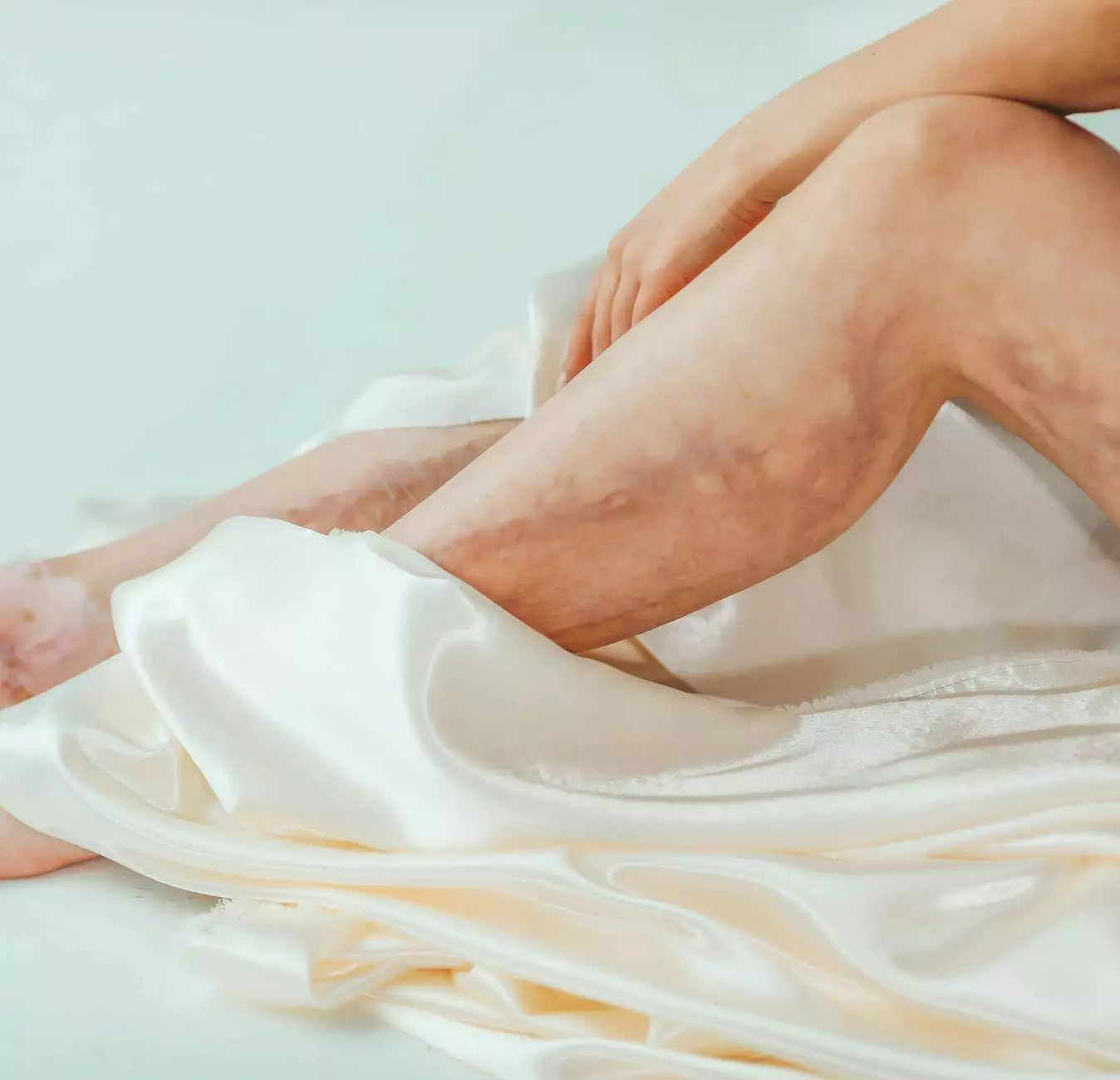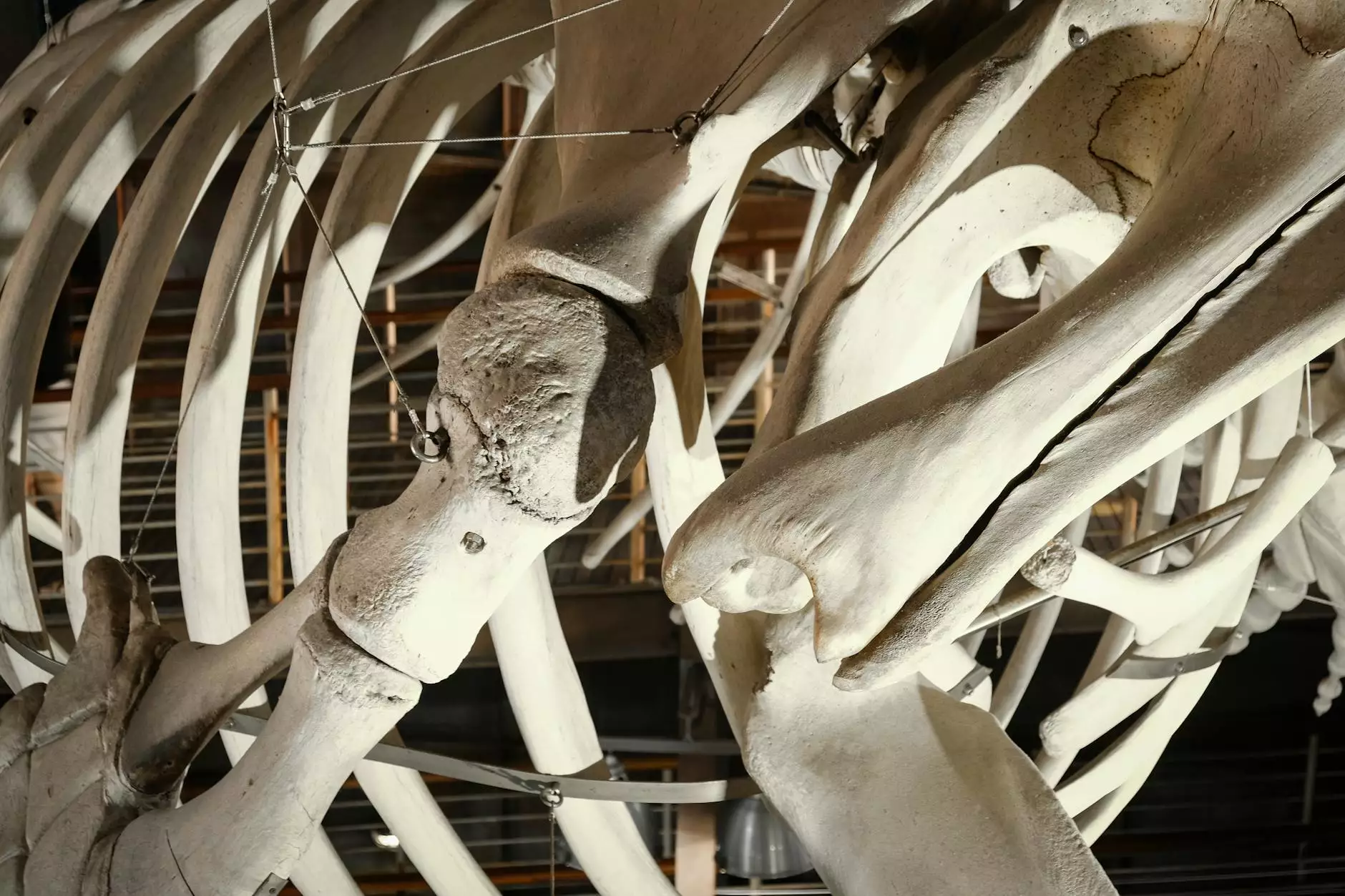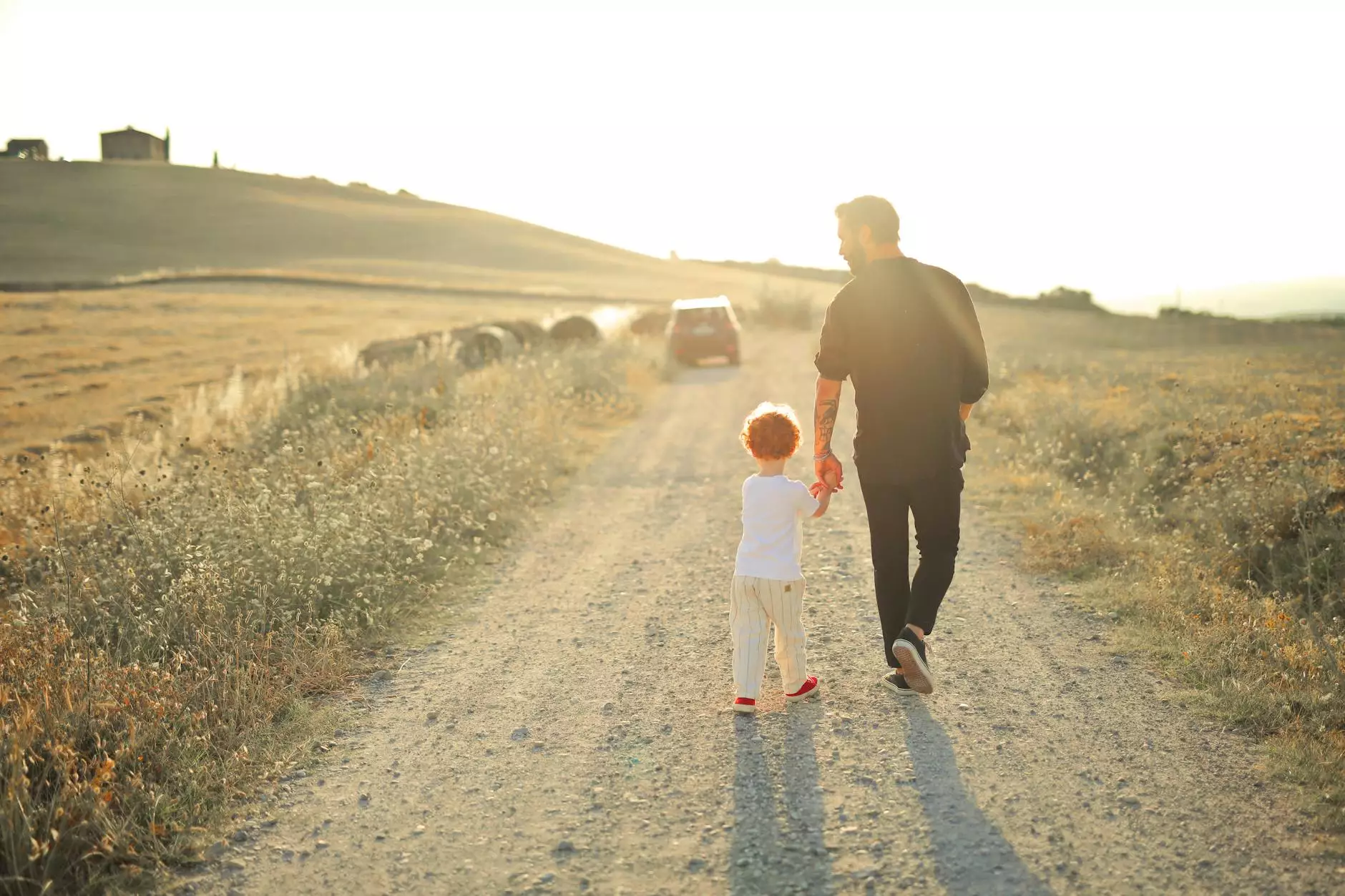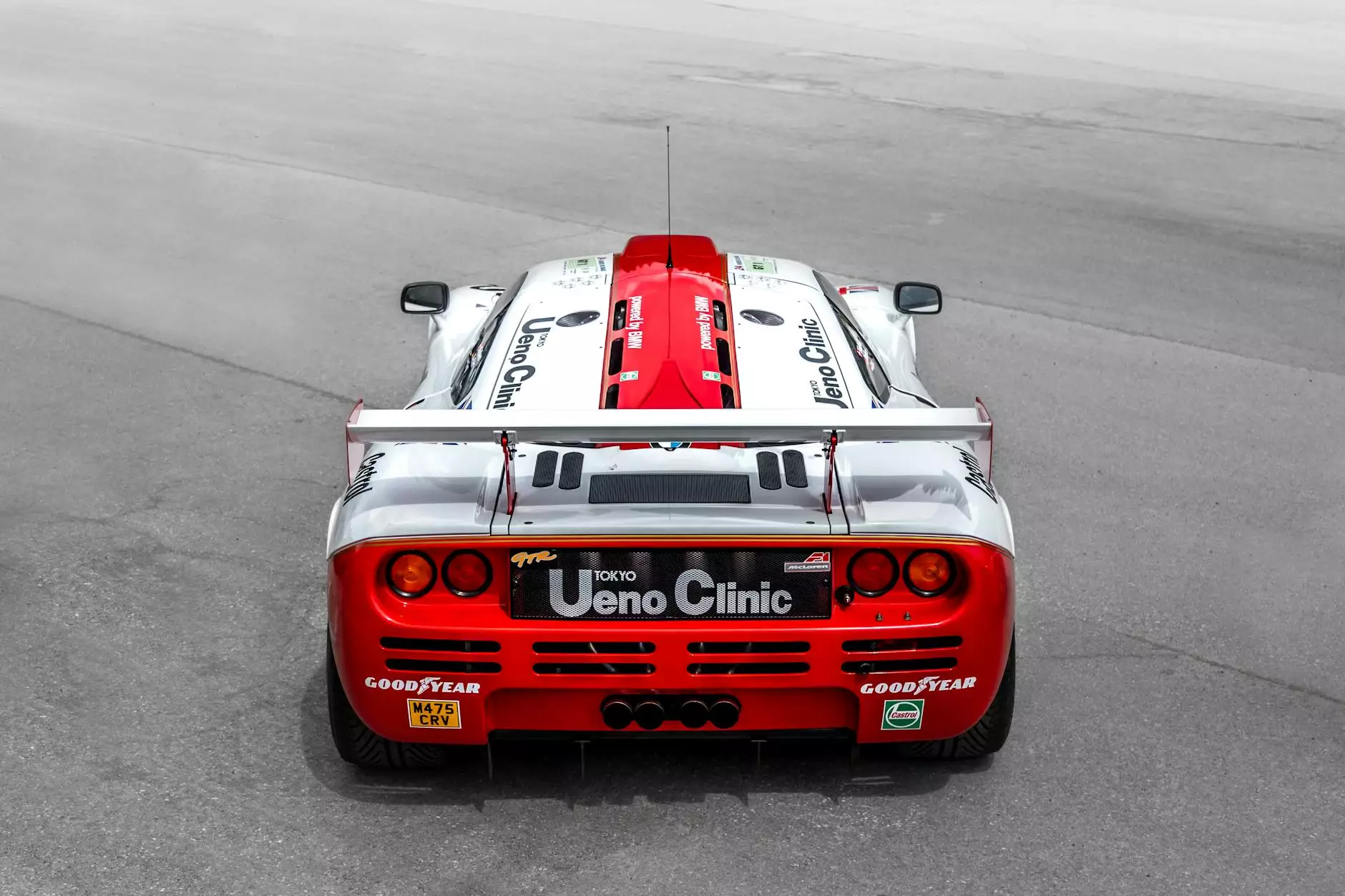Understanding Varicose Veins in Dark Skin

Varicose veins can be a prevalent issue affecting millions worldwide, and they can manifest differently depending on a person's skin type. For individuals with dark skin, understanding varicose veins is crucial for early detection and effective treatment. This article provides an in-depth look at varicose veins, focusing specifically on their appearance and implications for those with darker pigmentation.
What Are Varicose Veins?
Varicose veins are enlarged, twisted veins that often appear blue or dark purple. They typically develop in the legs, where the pressure of standing and walking can make veins more prone to swelling. The condition arises due to weakened valves within the veins, leading to blood pooling and creating the characteristic bulging veins.
The Appearance of Varicose Veins on Dark Skin
For individuals with dark skin, varicose veins may be less visible compared to those with lighter skin. The thicker pigmentation can mask some of the symptoms, making it difficult for patients to identify the issue early. However, there are still signs to look out for:
- Swelling: Even if the veins themselves are not prominent, swelling in the legs may indicate an underlying problem.
- Pain or Discomfort: A heavy feeling or pain in the legs, especially after long periods of standing, can be a sign of venous insufficiency.
- Skin Changes: The skin over varicose veins might appear discolored or have a slight sheen.
Causes of Varicose Veins in Individuals with Dark Skin
The development of varicose veins is influenced by several factors, many of which are common across different ethnic groups. Some of these include:
- Genetics: A family history of varicose veins increases the likelihood of developing this condition.
- Age: As we age, the elasticity of the veins decreases, increasing the risk of varicose veins.
- Obesity: Excess weight puts additional pressure on veins, worsening the condition.
- Pregnancy: Hormonal changes and added weight during pregnancy can affect vein health.
- Prolonged Sitting or Standing: Occupations that require long periods of static position can contribute to venous problems.
Symptoms of Varicose Veins in Dark Skin
It's important to recognize the symptoms of varicose veins, especially since they might not always be visually apparent in darker skin. Common symptoms include:
- Visible Veins: Thick, twisting appearances of veins, sometimes accompanied by a slight bulge.
- Aching or Heavy Legs: This feeling can indicate poor circulation due to venous insufficiency.
- Itching Around the Vein: A sensation that may accompany other symptoms.
- Swollen Feet and Ankles: Especially after long periods of standing or inactivity.
Diagnosis of Varicose Veins
Diagnosing varicose veins typically begins with a thorough physical examination by a qualified vascular specialist. This may involve:
- Visual Inspection: A doctor will look for varicose veins, swelling, and changes in skin color.
- Ultrasound Tests: Non-invasive imaging tests like ultrasound help visualize blood flow and identify problems in the veins.
- Medical History Review: Understanding your personal and familial health history is crucial in assessing risk factors.
Treatment Options for Varicose Veins
Varicose veins are manageable, and there are several treatment options available. The choice of treatment often depends on the severity of the condition and personal preferences. Here are some common approaches:
1. Lifestyle Changes
Simple lifestyle adjustments can alleviate symptoms and prevent the progression of varicose veins:
- Exercise: Regular physical activity helps improve circulation.
- Weight Management: Maintaining a healthy weight reduces pressure on veins.
- Elevating Legs: Elevating legs while resting helps reduce swelling and discomfort.
2. Compression Therapy
Compression stockings apply pressure to the legs, promoting better blood flow and reducing swelling. These can be recommended by a healthcare provider and come in various styles and degrees of compression.
3. Medical Procedures
For more severe cases, doctors may recommend medical interventions such as:
- Sclerotherapy: A solution is injected into the vein, causing it to collapse and fade.
- Laser Treatments: Using laser energy to close off varicose veins.
- Vein Stripping: A surgical procedure to remove the affected vein under anesthesia.
Preventing Varicose Veins
While not all cases of varicose veins can be prevented, there are proactive measures that individuals, especially those with dark skin, can take to reduce their risk:
- Stay Active: Regular walking and exercise promote better blood flow.
- Maintain a Healthy Weight: This can reduce strain on the veins.
- Wear Supportive Shoes: Opt for shoes with low heels to avoid additional pressure on the legs.
- Avoid Prolonged Sitting or Standing: Move around frequently to enhance circulation.
- Use Compression Garments: Consider wearing compression stockings if you are at risk.
Conclusion
Understanding varicose veins and their specific implications for dark skin individuals can help in early detection and effective management. By recognizing symptoms, seeking appropriate diagnosis, and exploring treatment options, individuals can significantly improve their quality of life. Whether through lifestyle changes, medical procedures, or preventive measures, addressing varicose veins early can lead to better outcomes.
For more information on managing varicose veins, or to consult with a specialist, visit Truffles Vein Specialists today.
varicose veins dark skin








